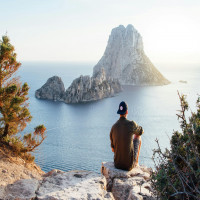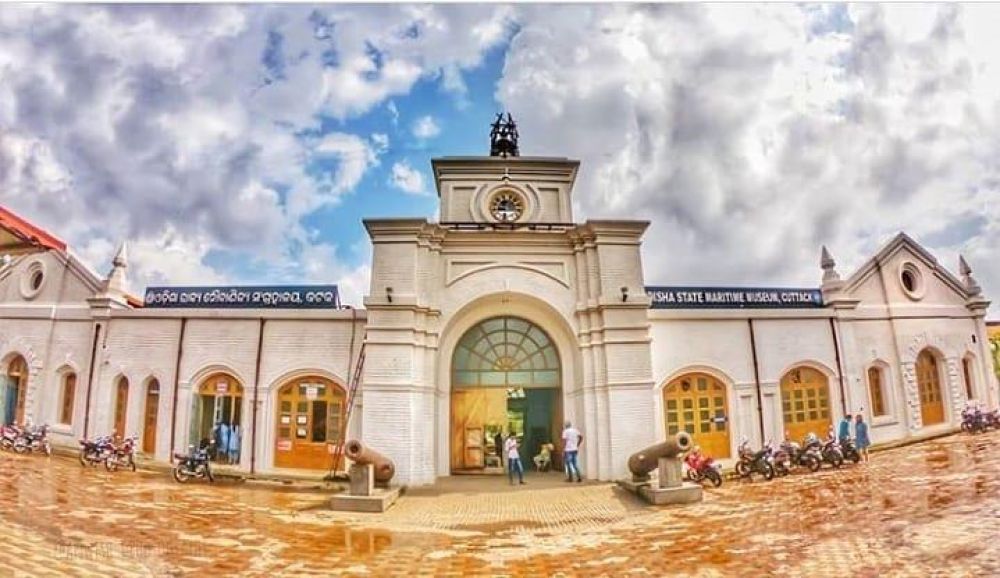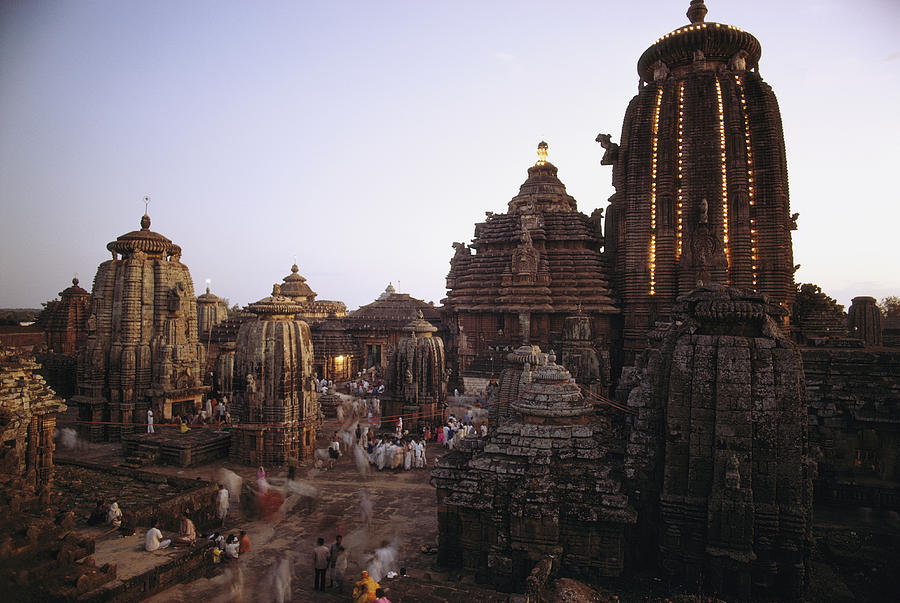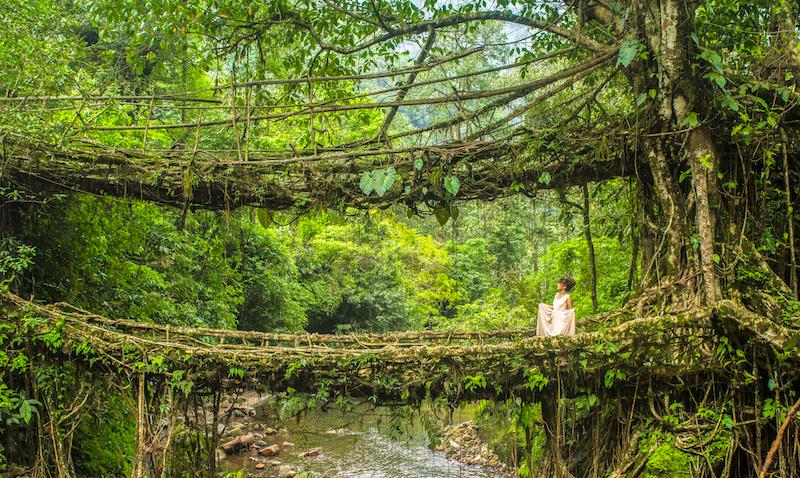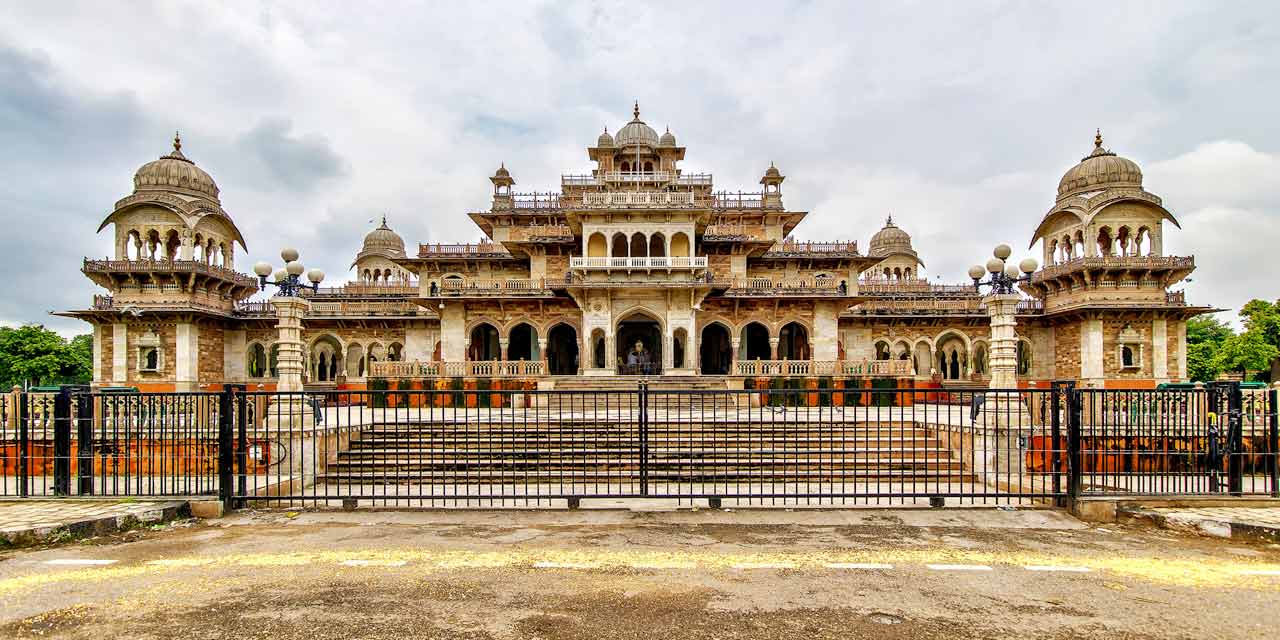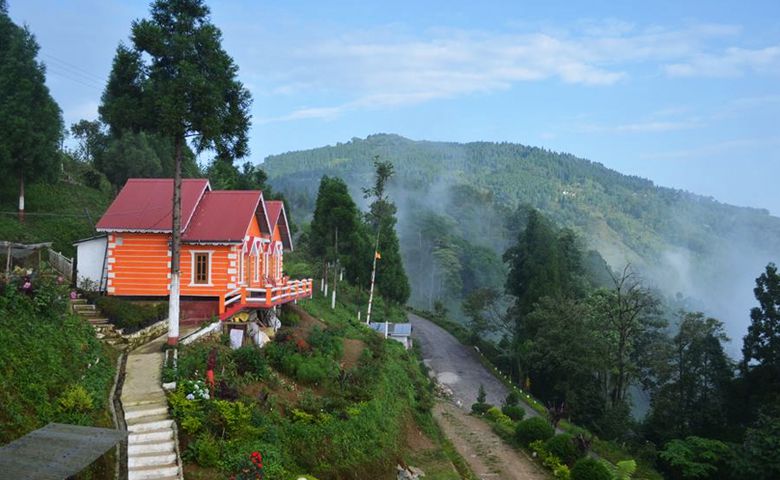Kanchenjunga Height: The Majestic Third-Highest Peak in the World
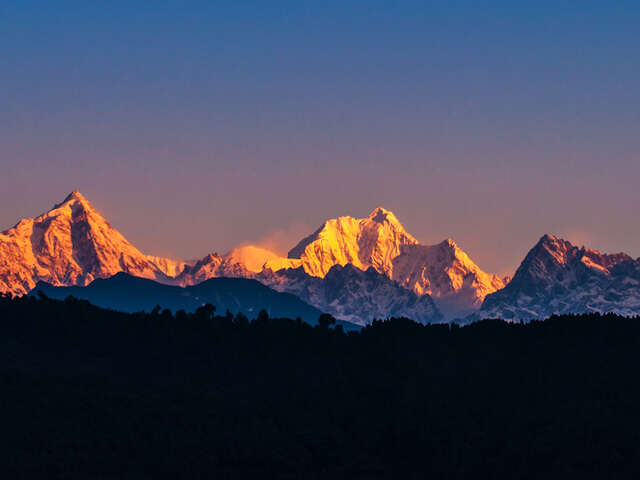
Kanchenjunga is one of the most iconic and revered mountains in the world. Standing tall at an impressive height of 8,586 meters (28,169 feet), it is the third-highest mountain on Earth after Mount Everest and K2. Located in the eastern Himalayas, Kanchenjunga forms the border between Nepal and the Indian state of Sikkim. Known for its grandeur and the awe-inspiring beauty of its snow-capped peaks, Kanchenjunga attracts mountaineers, trekkers, and nature lovers from around the globe. In this article, we will explore the significance of Kanchenjunga height, its geographical location, and why it holds a special place in the hearts of adventurers and locals alike.
1. Understanding Kanchenjunga's Height
At 8,586 meters (28,169 feet), Kanchenjunga is the third-highest peak in the world, making it one of the most difficult and challenging mountains to climb. The mountain's name, Kanchenjunga, translates to "The Five Treasures of Snow" in the local Tibetan language. This name refers to the five main peaks of Kanchenjunga, which are considered sacred by the people of the region.
Kanchenjunga's massive height places it among the highest mountains on the planet. To put this into perspective:
Mount Everest, the highest mountain in the world, stands at 8,848 meters (29,029 feet).
K2, the second-highest mountain, has a height of 8,611 meters (28,251 feet).
Kanchenjunga ranks just below K2 in terms of elevation, which speaks to its vast size and majesty.
Despite being third in height, Kanchenjunga's reputation as a challenging and revered mountain has earned it a special place in the mountaineering world.
2. The Geographical Location of Kanchenjunga
Kanchenjunga is located on the border between Nepal and Sikkim (a state in India). The mountain's main summit lies in the Kangchenjunga Conservation Area in Nepal, while the eastern side of the mountain extends into the Indian state of Sikkim. The highest peaks of Kanchenjunga form part of the Himalayan range, which stretches across several countries, including Nepal, Bhutan, and India.
Kanchenjunga Main Summit: The main summit of Kanchenjunga, which is the third-highest point in the world, lies on the border between Nepal and Sikkim.
Kanchenjunga's Five Peaks: Kanchenjunga consists of five peaks:
Kanchenjunga I (the main peak),
Kanchenjunga II,
Kanchenjunga III,
Kanchenjunga IV, and
Kanchenjunga V. These peaks are all above 8,000 meters in height, making them some of the most formidable challenges for mountaineers.
The beauty of the Kanchenjunga mountain range is enhanced by its pristine environment, surrounded by glaciers, rivers, and valleys, which makes it one of the most picturesque places on Earth.
3. Kanchenjunga: A Sacred Mountain
Kanchenjunga is considered sacred by the local communities in both Nepal and India. For the people of Sikkim, it is a symbol of spiritual significance. Kanchenjunga is worshipped as the abode of the gods, and the indigenous people of the region believe that the mountain is the home of their gods and spirits. They hold it in great reverence and view it as a protector of their land.
The local Sikkimese people, as well as Tibetan Buddhists, consider the Kanchenjunga range to be sacred, and there are many religious ceremonies and festivals held in its honor.
Kanchenjunga's Conservation Significance: The region surrounding Kanchenjunga, especially in Nepal, is also a protected area, home to a variety of flora and fauna, including rare species like the snow leopard, red panda, and Himalayan tahr.
4. Climbing Kanchenjunga: Challenges and Achievements
Climbing Kanchenjunga is one of the most difficult feats in the mountaineering world. The height of Kanchenjunga, along with its challenging terrain and unpredictable weather conditions, makes it a dangerous mountain to summit.
First Ascent: The first successful ascent of Kanchenjunga was made in 1955 by a British expedition led by Joe Brown and George Band. They reached the summit via the southwest face of the mountain. This achievement was significant in the history of mountaineering.
Climbing Restrictions: To maintain the sanctity of the mountain, climbers have been requested not to fully step on the summit in some traditions. Many mountaineers stop just short of the summit, out of respect for the local customs and beliefs surrounding the mountain.
Unlike Mount Everest or K2, which have seen hundreds of summits, Kanchenjunga remains a less-explored mountain due to its difficult climbing conditions. The ascent is challenging because of factors such as avalanches, steep slopes, unpredictable weather, and difficult terrain, which make it an extreme test of a climber’s skills and endurance.
5. Kanchenjunga in Popular Culture
Kanchenjunga has inspired many mountaineers, trekkers, and nature enthusiasts due to its majestic height and spiritual significance. The mountain has been featured in several books, documentaries, and films. It continues to attract trekkers and adventure seekers who want to witness the grandeur of the peak from a closer distance.
Trekking Around Kanchenjunga: While summiting Kanchenjunga is an extreme challenge, trekking around the Kanchenjunga region is an incredible experience. The Kanchenjunga Base Camp trek is one of the most popular trekking routes in Nepal, offering trekkers a chance to explore the stunning landscapes of the region while enjoying panoramic views of the mountain.
Kanchenjunga and Literature: The mountain has been mentioned in various works of literature and has even been featured in novels, highlighting the allure and mystique surrounding it.
6. The Kanchenjunga Base Camp Trek
For those who are not mountaineers but still want to experience the awe of Kanchenjunga, the Kanchenjunga Base Camp Trek is a great option. The trek takes you through lush forests, quaint villages, and high-altitude landscapes, all while offering exceptional views of Kanchenjunga’s towering peaks.
The Trek in Nepal starts at Taplejung and passes through several villages and high-altitude areas, offering trekkers a chance to explore the rural and cultural life of the region.
The trek can take around 10-15 days to complete, depending on the route, and offers trekkers a chance to see stunning views of Kanchenjunga from various angles, along with the region's diverse flora and fauna.
7. Kanchenjunga: A Natural Wonder
Beyond its imposing height, Kanchenjunga is known for its aesthetic appeal. The mountain is covered with glaciers and snow throughout the year, and its peaks often glow with golden hues during sunrise and sunset, creating an unforgettable visual spectacle. It is surrounded by dense forests and lush valleys, and the Kanchenjunga Conservation Area is home to some of the world’s rarest wildlife species.
8. Best Time to Visit Kanchenjunga
The best time to visit Kanchenjunga, either for trekking or sightseeing, is during the spring (March to May) and autumn (September to November) months. During these seasons, the weather is generally clear, and trekkers can enjoy the spectacular views of Kanchenjunga without the heavy snowfall or rains typical of the winter and monsoon months.
Conclusion
The height of Kanchenjunga at 8,586 meters is only one of the many reasons why it is regarded as one of the world’s most significant mountains. Its sacred importance, challenging terrain, majestic beauty, and awe-inspiring size make it a unique and treasured landmark for those who visit. Whether you're a mountaineer aiming to summit its peak or a trekker hoping to get closer to its beauty, Kanchenjunga continues to captivate the hearts and minds of all who witness its splendor. For those seeking an unforgettable adventure, the Kanchenjunga region promises an experience that combines natural beauty with a sense of spiritual connection and awe.
Note: IndiBlogHub features both user-submitted and editorial content. We do not verify third-party contributions. Read our Disclaimer and Privacy Policyfor details.

